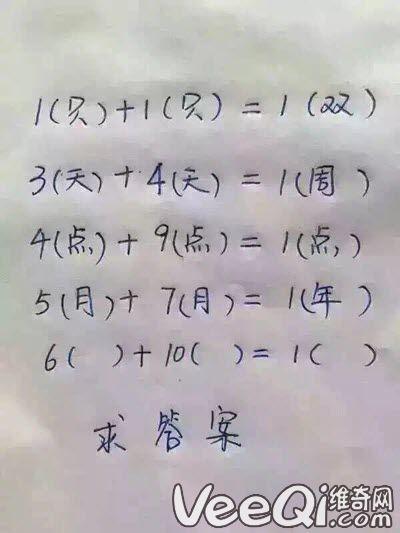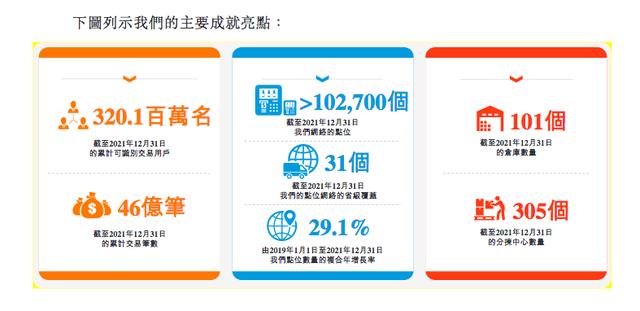现值终值公式(每日文章六十七)
Daily article 67: Present value and future value
Interest rate will help us a lot when we calculate the present value and future value of cash flows, which are two common questions we need to solve in CFA exam. Suppose we have a certain amount of cash today and we want to know how much it could turn to be in the future, that’s when we calculate the future value. If we are supposed to have some money in the future and we want to know its value today considering the time value of money, that’s when we calculate the present value. It’s as easy as their names indicate.
Next step we want to find 3 parameters: how long, how often, and how much. “How long” means the time difference (N years) between present and future. “How often” means the compounding pattern,which is how many times ( m times ) we can be paid interest within a year and immediately invest the interest back into the same financial product. “How much” means how much interest (annual interest rate r ) we can get at each interest payment date. Now suppose we save 1000 RMB in the bank today at an interest rate of 4% with annual interest payment. One year later, we can get 1000*4%*1 = 40RMB as interest and our initial 1000RMB back. Let’s say we want to do this once more and this time we have 1040 to invest at the beginning. So the interest we can get at the end of year 2 is 1040*4%*1 = 41.6 RMB,along with 1040 RMB we put in. So now we can make a very important statement that in this circumstance, 1000 RMB today is equal to 1040 RMB one year later and 1081.6 RMB two year later. In other words, the future value of 1000 RMB at the end of year 1 is 1040 RMB, and the present value of 1040 RMB is 1000 RMB.
If the interests are paid more than once within a year, we just calculate the period interest rate “r/m” and follow the same calculation logic. In such case, the actual annual interest rate we get for a year will be slightly more than r. We call r “stated annual interest rate” and the actual rate “effective annual interest rate”.
Now we almost become a master of PV and FV and we need to carefully identify N, m and r every time we encounter such questions. An equation thus can be drawn:

It may seem complicated but you can just imagine saving money in the bank. A particular type we need to take care is continuous compounding, which literally means you get paid interest infinite times within a year. Using a litter higher math, we transfer the equation into

and leave all the else to financial calculator or MS Excel. We’ll discuss the use of financial calculator and MS Excel tomorrow.
利率在我们计算现值(当前价值)和终值(未来价值)时非常有用,而这两个问题是CFA以及现实生活中我们常常需要计算的。假设我现在有笔钱,我想知道这笔钱在未来某一时点值多少钱,这就是计算终值。假设我未来有笔钱,我想知道在考虑时间价值的情况下,现在值多少钱,这就是计算现值。这两个概念就是顾名思义这么简单。
接下来我们就需要知道三个参数:一是现在和未来间相差几年,记为N。二是每年付息几次,计为m。我们用复利计算现值和终值,背后的逻辑是每次收到的利息又被立刻投资到同样的产品中。三是年利率,计为r。现在假设我们有1000块钱存入银行,年利率为4%,我们可以很容易计算得出一年之后连本带息是1040元。假设我们再存一年,连本带息就是1040*4%*1 1040 = 1081.6元。所以我们可以做出一个很重要的判断,在这种情况下,1000元第一年末的终值是1040元。反之,一年后的1040元,现值是1000元。
如果一年内多次付息,我们就先计算阶段利率r/m,再用同样的逻辑计算。在这种情况下,我们实际获得的年化利息率是要高于r的,我们称r为名义年利率,实际的利率为有效年利率。
所以现在我们已经变成一个计算现值和终值的大师了。但需要注意的是,我们每次解题都需要弄清楚N、m和r。我们可以得出一个公式,这个公式看上去复杂,但其实我们可以通过假设把钱存在银行来理解它。另外我们还需要关注一种特殊的复利计算方法:连续复利。连续复利假设你在一年内可以获得无数次利息再存入。应用高等数学中一点极限的知识(不知道也没问题),我们可以把上面的公式转化。接下来的计算,我们交给金融计算器和Excel,我们明天来讨论金融计算器和Excel的使用。

免责声明:本文仅代表文章作者的个人观点,与本站无关。其原创性、真实性以及文中陈述文字和内容未经本站证实,对本文以及其中全部或者部分内容文字的真实性、完整性和原创性本站不作任何保证或承诺,请读者仅作参考,并自行核实相关内容。文章投诉邮箱:anhduc.ph@yahoo.com






